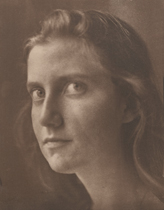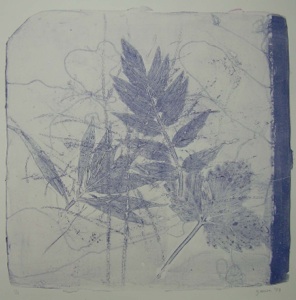Cyanotype and the body: This read reminded me of Wendy’s work with the tanning bed. Using your body to create photograms creates beautiful shapes (especially for people with long hair!). Using a large body of water such as the ocean is suggested by Christopher James, which I thought was a great idea for a print of that size. I found it challenging to make prints outside with negatives because I had nothing to hold them flat. Using objects to make your print illiminates this problem. Next time I do it at home I will try this out, maybe using the hose as a wash and a kiddy pool.



